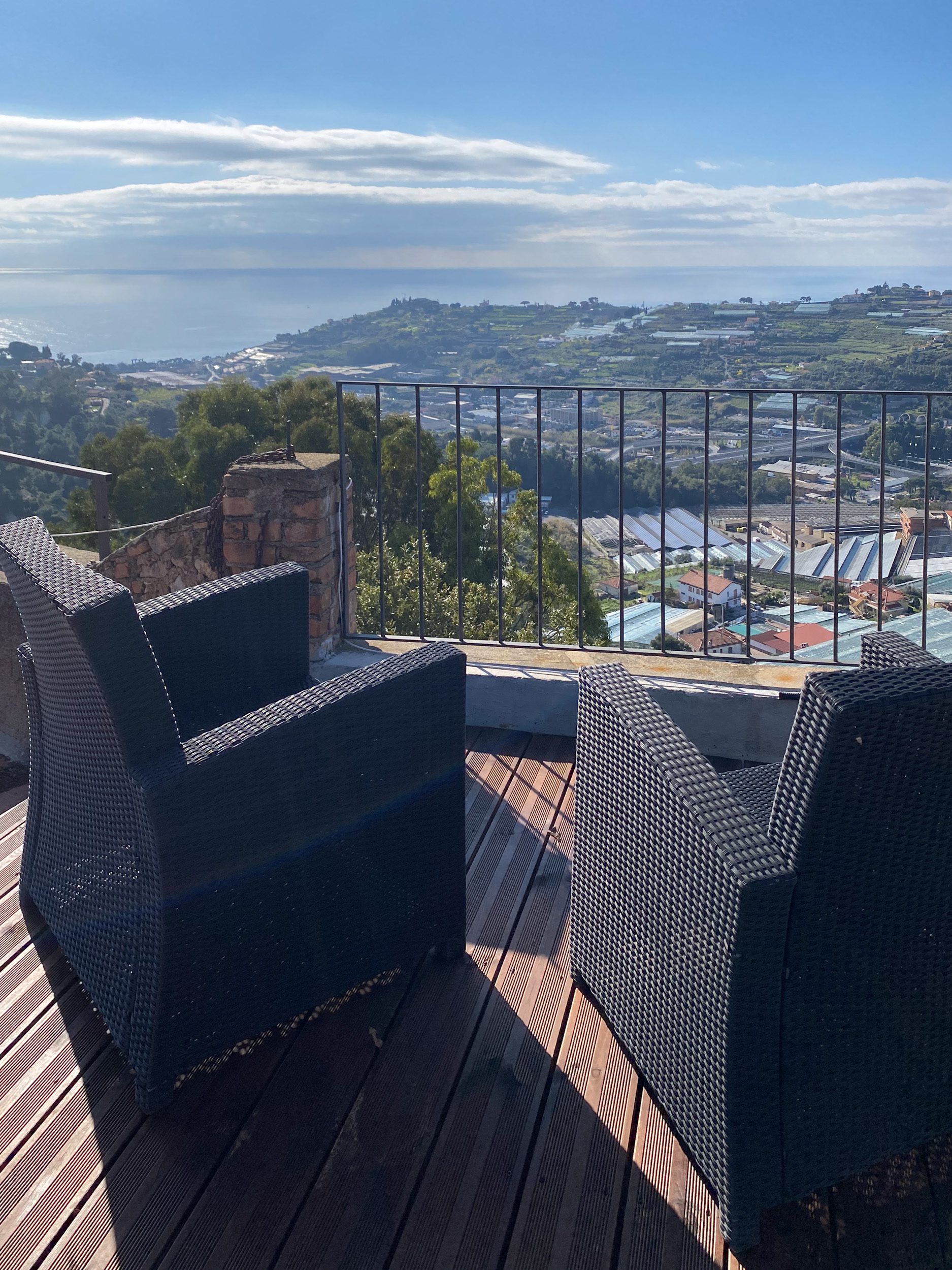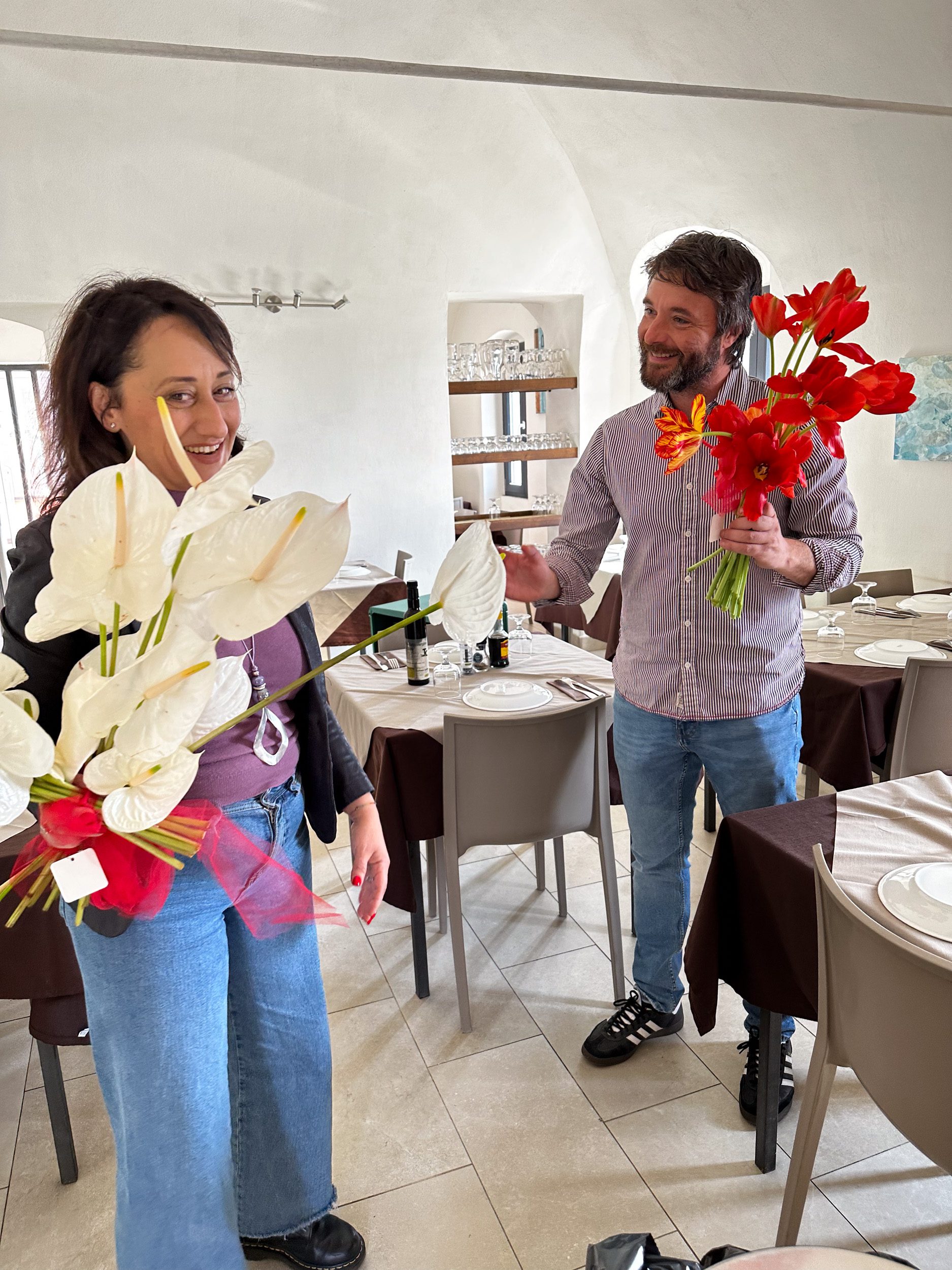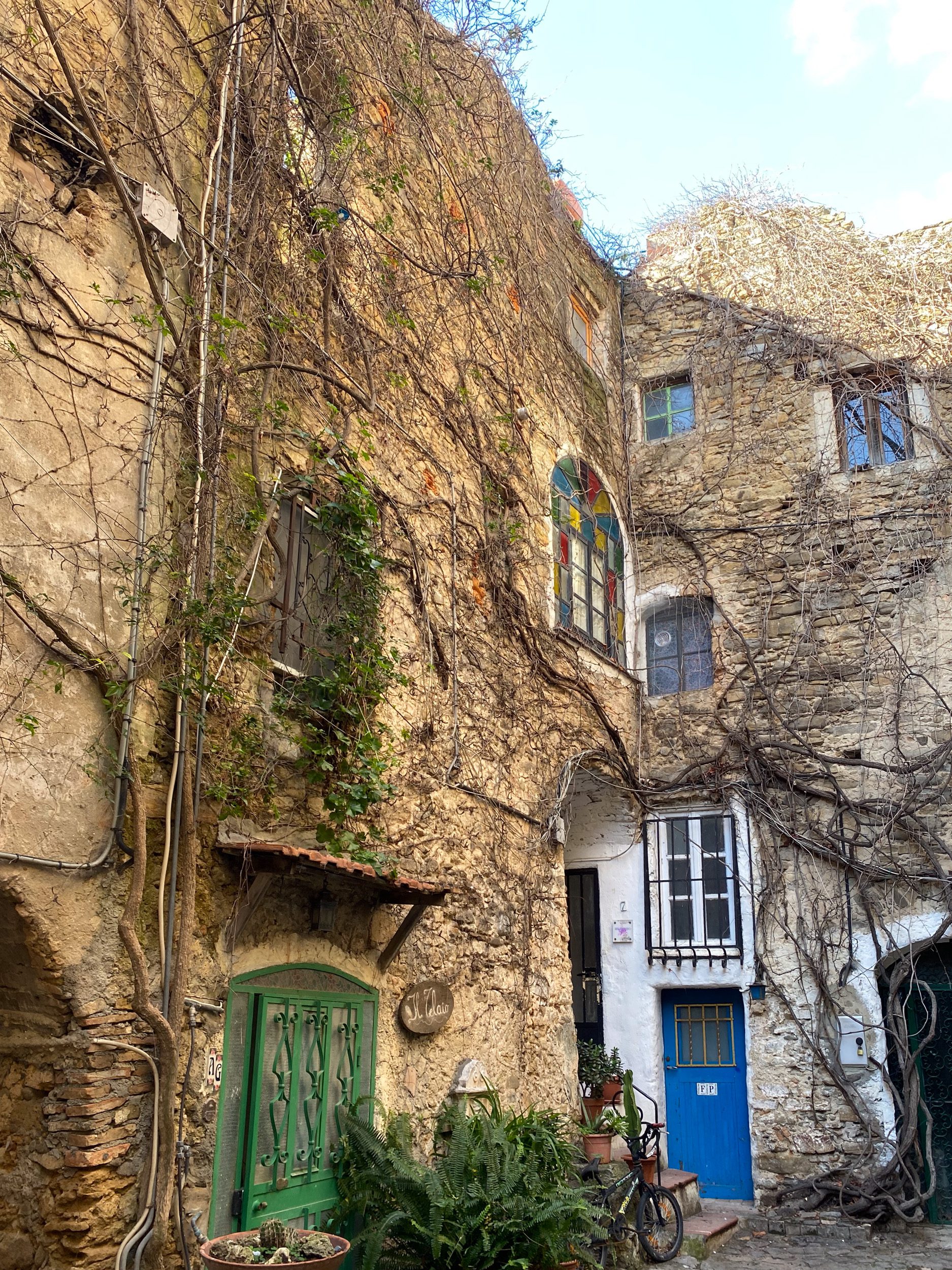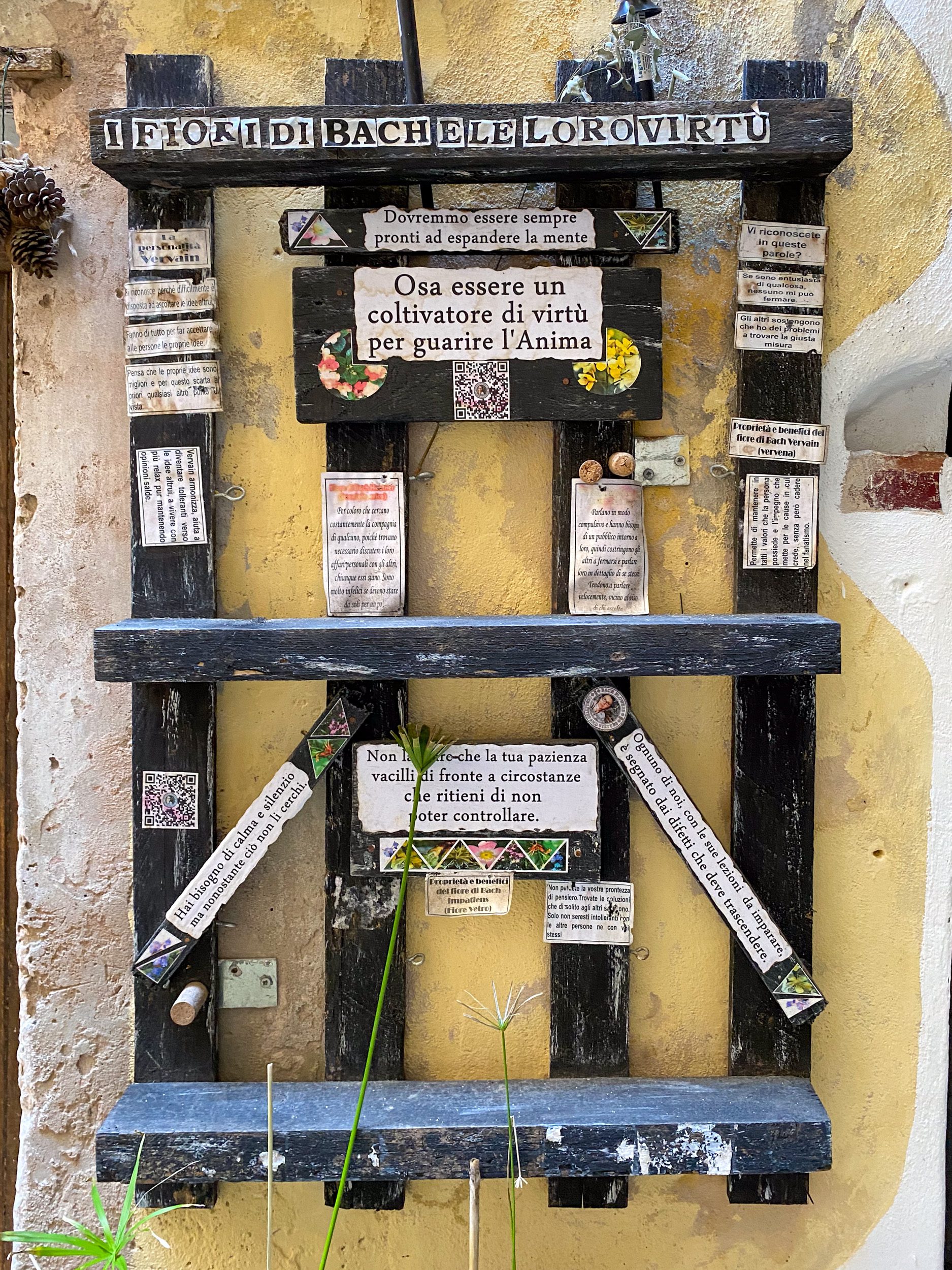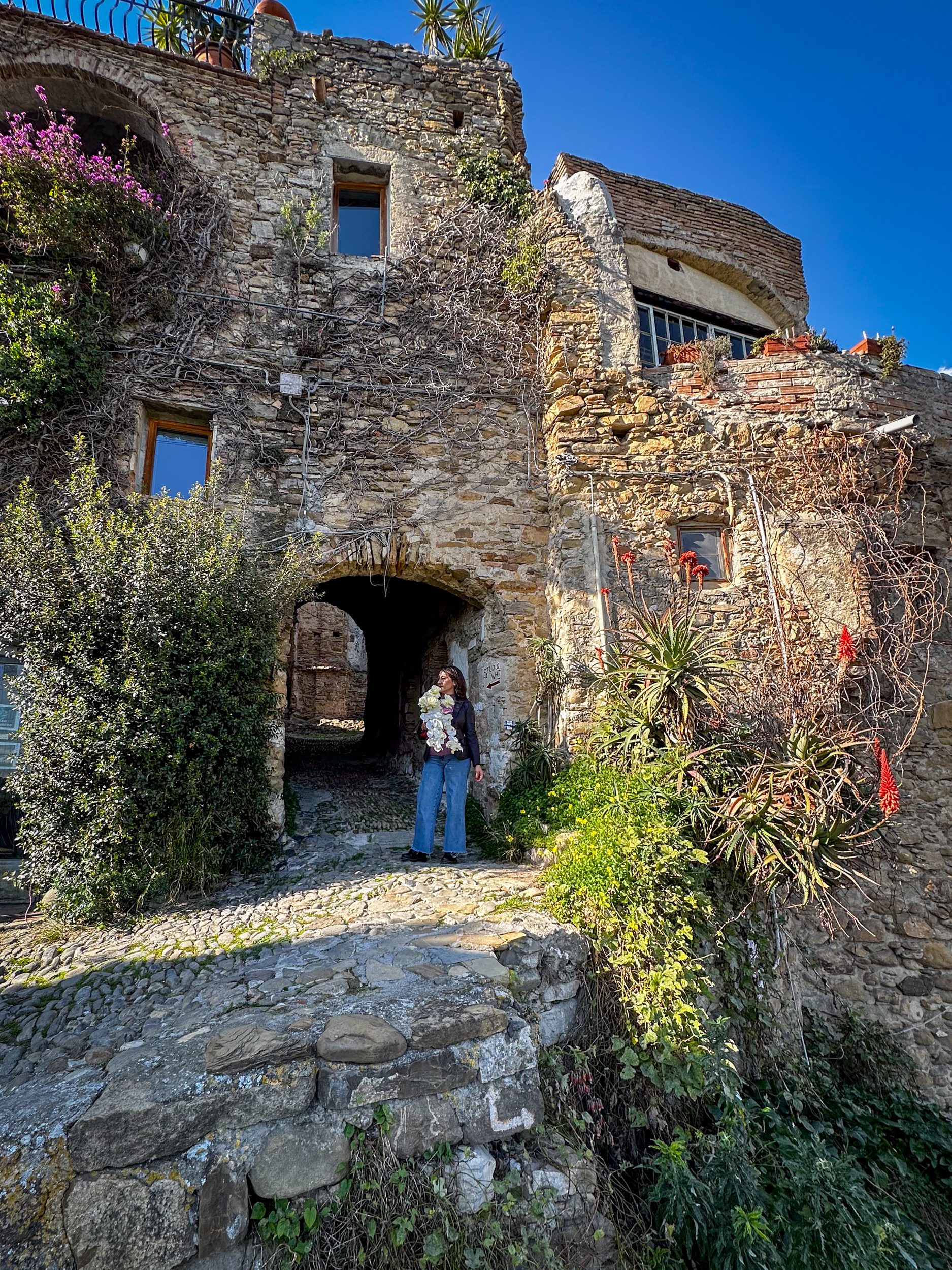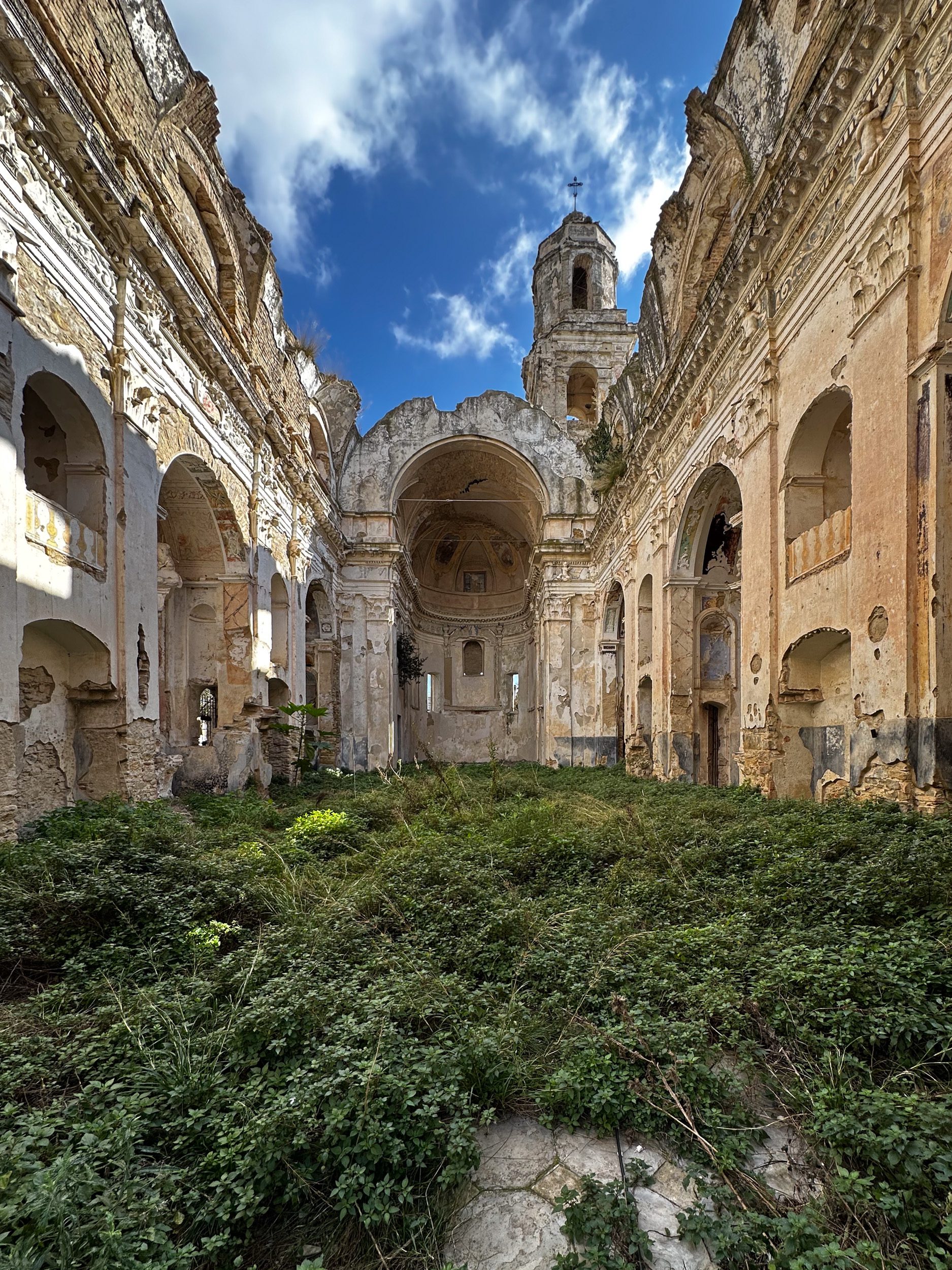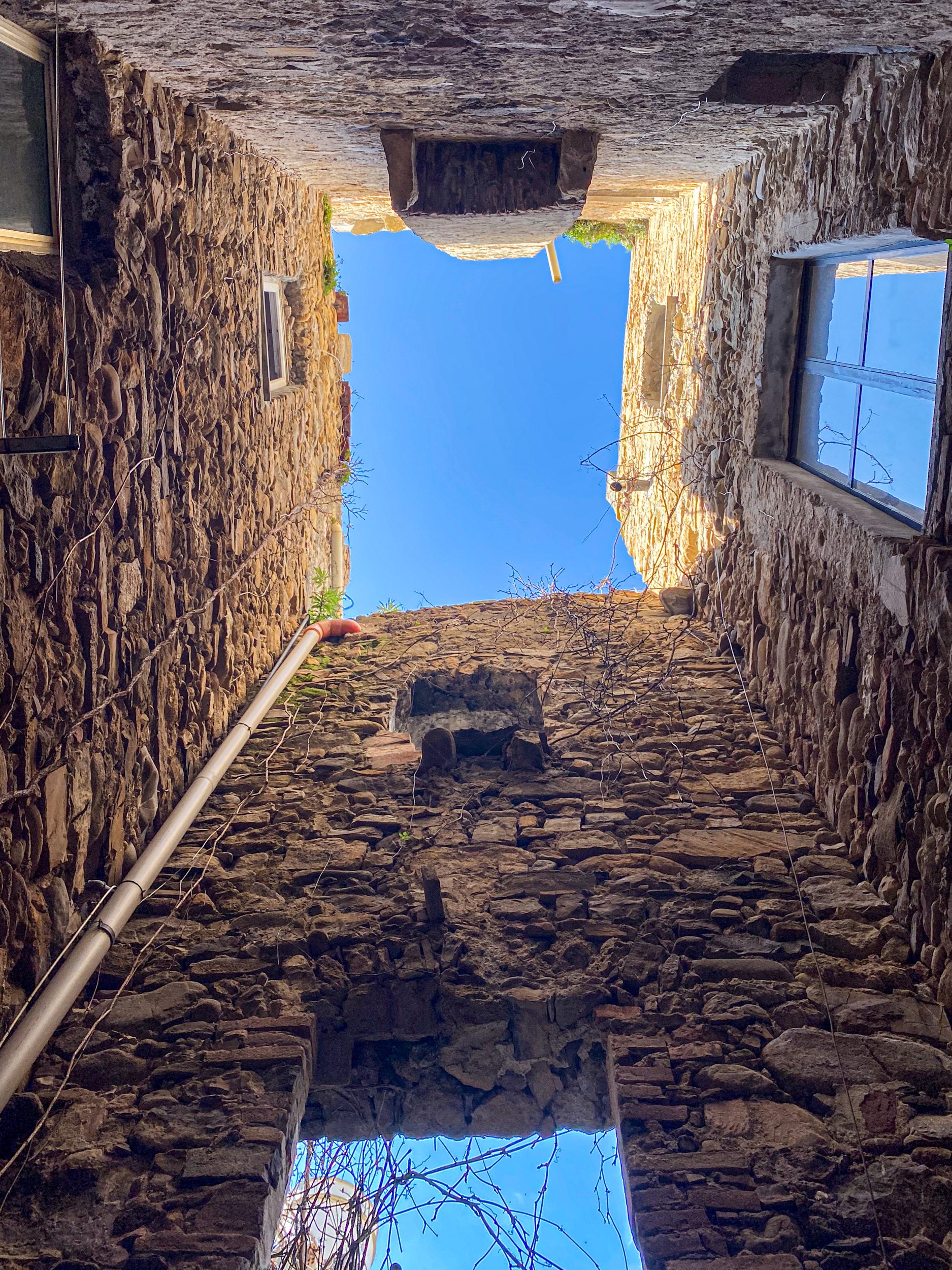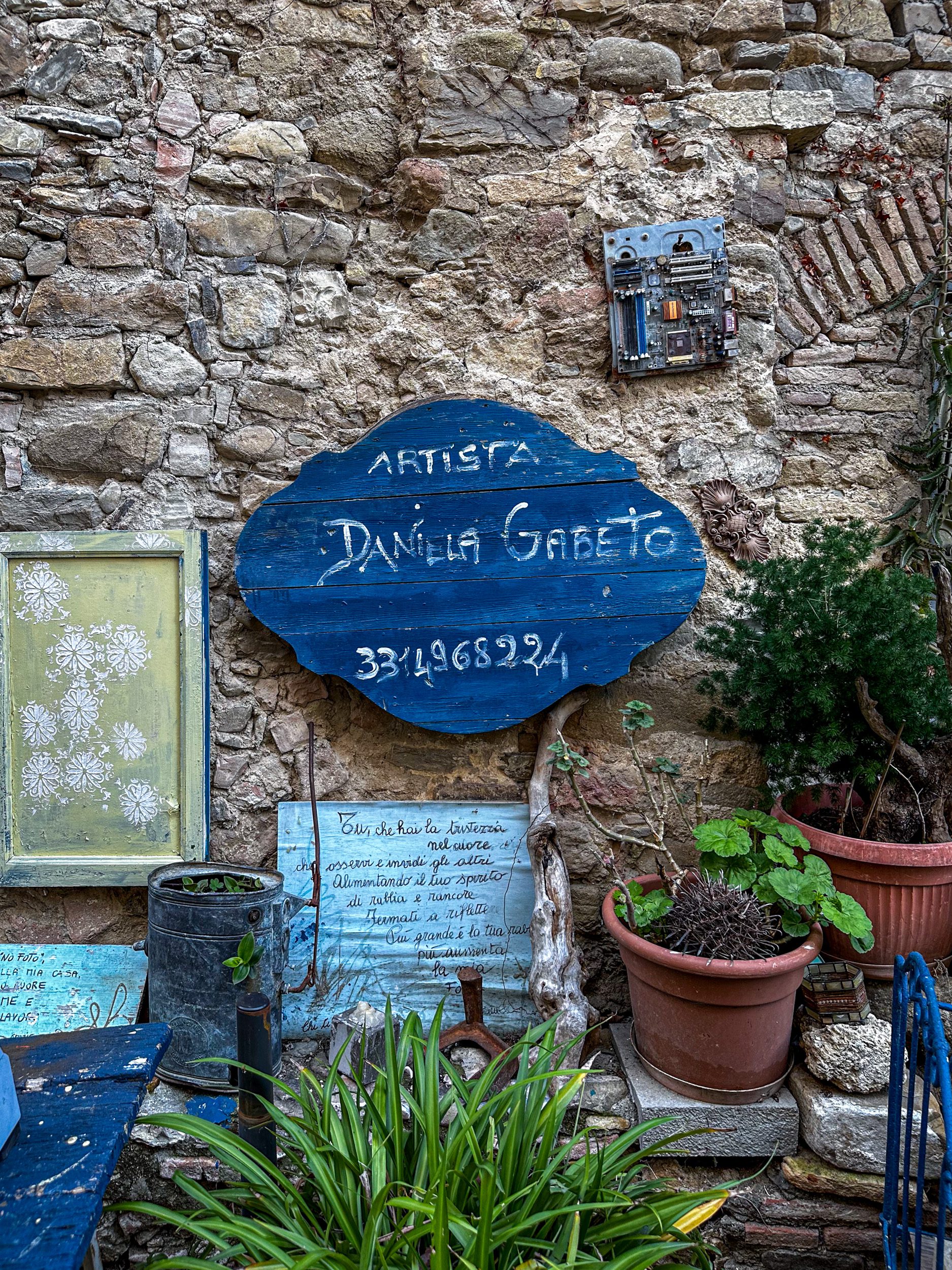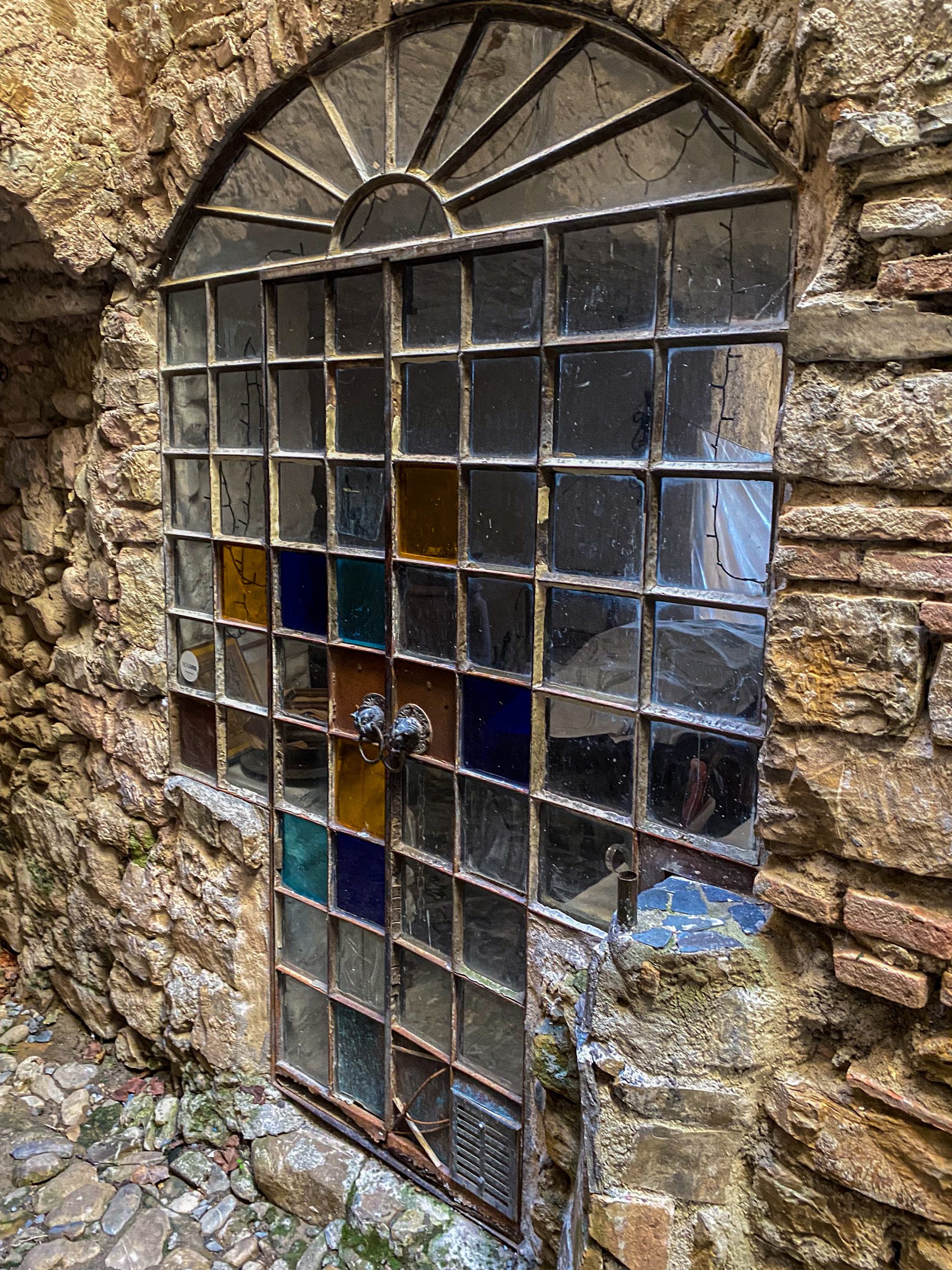Loading
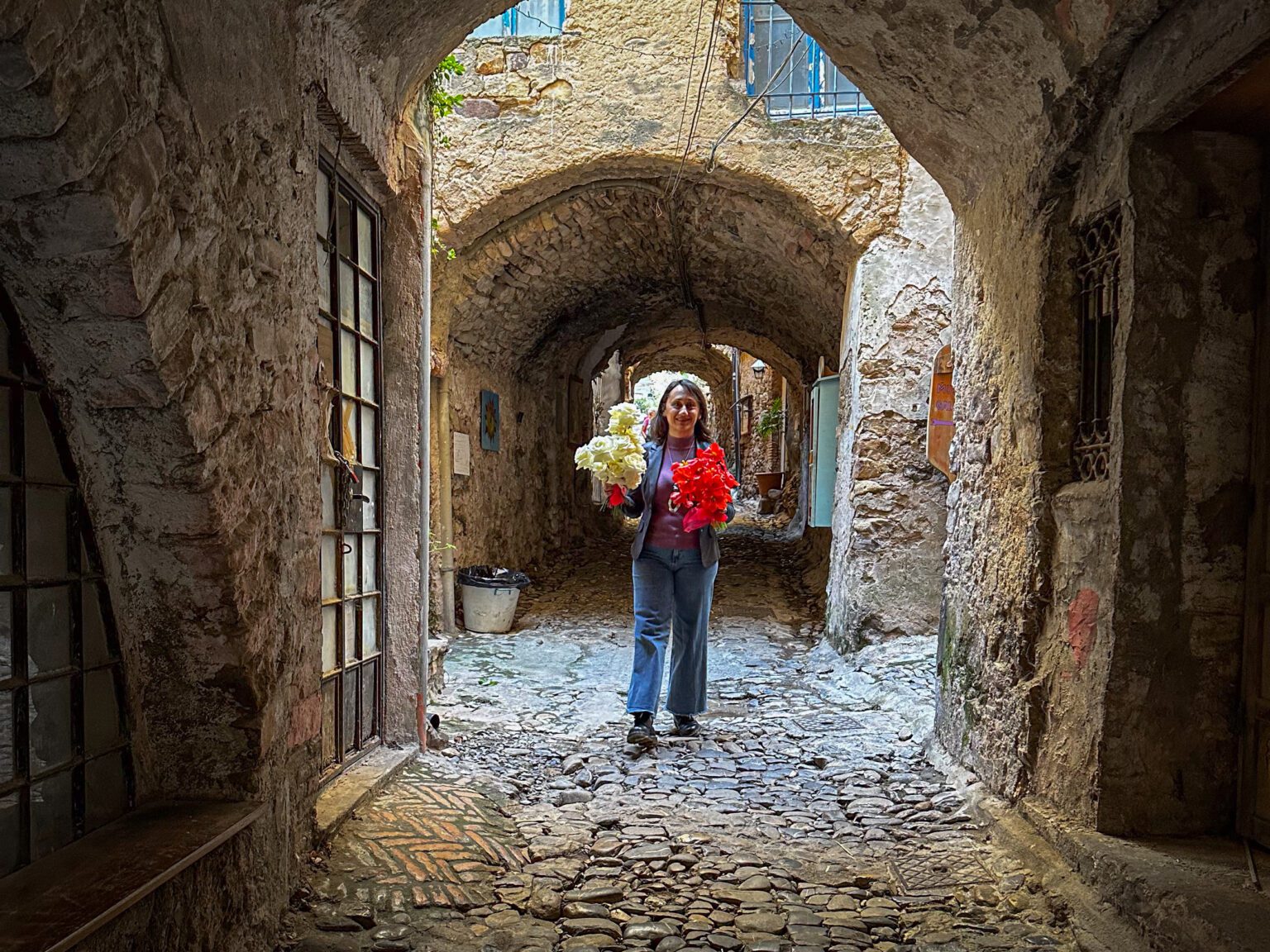
The flowers could have been thrown away, let them fade into the oblivion of a black sack. Yet, they were still alive. Too important for us to give them one last ride.
We opened our eyes that the sun was already up. When you go to bed at 4:00 a.m., after almost 24 hours of waking, 700 km on your shoulders and a set-up in the bedlam of San Remo is the least.
From Bussana Vecchia you can see the sea, the valley and all the neighboring “new” towns. But there, in the neighboring villages I mean, you don’t breathe the same air, the same sense of suspension that has invested us, slyly, step by step, stone by stone.
As we ate breakfast, we almost seemed to be going in slow motion. In between chatting, the bartender told us about the cakes made with sourdough, and the blond lady asked us to talk because we make her “home.” After all, she hasn’t lived in Rome for years. She sits there, in a country that should no longer exist.
Old Bussana is a wound that time has not closed and that art has transformed. After the 1887 earthquake, for decades, only ruins and silence. Then, in the 1960s, someone returned. Painters, sculptors, visionaries saw among the rubble a canvas on which to start creating again.
Today Bussana is a village suspended between past and present. Not entirely restored, not entirely in ruins. In every alley can hide a work of art, in every workshop a story to be known and told.
So we took the flowers back. Disassembled and bound in a new form, we gave them to the local people who had so graciously welcomed us.
All of a sudden, the wall came down and the fear vanished. Only awe and smiles for a gesture, in the end, small, almost obvious, yet not so obvious.
We left, but a little piece of Bussana Vecchia we took with us.
It is not the time nor the place, but the encounter that gives meaning to the journey.

